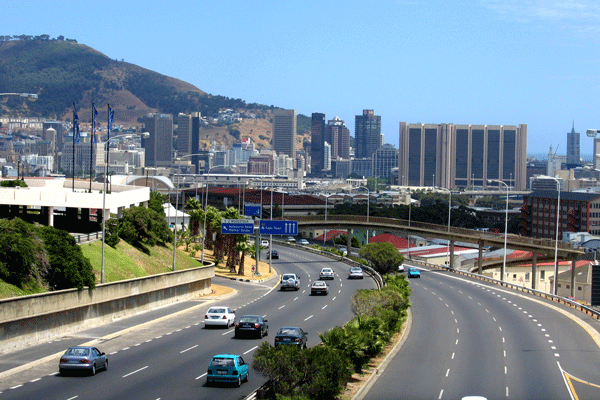
The South African National Roads Agency (SANRAL) is committed to technological innovation in its quest to make South Africa’s roads truly efficient and effective.
South Africa’s National Development Plan, or Vision 2030, makes provision for an infrastructure network that is efficient, competitive and responsive, which is why the intelligent transport system (ITS) operated in Western Cape, Gauteng and KwaZulu-Natal uses telecommunication technology to relay real-time information on the flow of traffic.
According to SANRALS’s 2016 Annual Report: “South Africa’s national freeways represent an integrated transport solution that adds value to the surrounding infrastructure, improves the quality of life of commuters and sustains the economy of the country.”
Gauteng Freeway Management System
During 2015/16 the Gauteng Freeway Management System (FMS) facilitated coordinated responses to more than 22 300 incidents, including 4 342 collisions.
There was a 25% improvement in incident detection time compared to 2014/15 and, on average, incidents were detected within three minutes of occurring. This success was largely due to the ongoing training of role-players, monthly incident debriefings of on-scene personnel, and the refinement of standard operating procedures.
SANRAL’s dedicated On Road Service (ORS) Unit, with 10 incident response vehicles, 10 light towing vehicles, eight heavy recovery units, and six motorcycles for medical response played a significant role in achieving rapid response times. The ORS Unit responded to an average of 905 incidents a month. This figure represented an increase of 11% on the 2014/15 response rate.
KwaZulu-Natal Freeway Management System
The KwaZulu-Natal FMS covers the busiest 120km of the N2 and N3 freeways. Its traffic management centre dealt with approximately 12 000 traffic incidents, including 1 450 crashes in 2015/16. Stationary vehicles accounted for about 57% of incidents, while 15% related to traffic congestion and 12% were crashes.
KwaZulu-Natal’s FMS comprises 144 cameras, 26 variable message signboards and 59 radar vehicle detector stations. All communicate via a high-speed fibre optic system to a traffic management centre at the SANRAL offices in Pietermaritzburg.
The system has enhanced motorist safety by detecting and verifying incidents promptly, alerting emergency services more speedily and providing real-time warnings to road users. The average incident detection time was 2 minutes 25 seconds.
Cape Town Freeway Management System
During 2015/16, the Cape Town FMS facilitated a coordinated response to more than 20 000 incidents on the city’s freeways, including 2 400 crashes.
The main success was sustaining the downward trend in incident detection and crash clearance times.
On average, incidents were detected within 2 minutes 30 seconds of occurring. A reduction in clearance times at fatal crash scenes was particularly significant and this was primarily due to improved coordination among emergency services, including the South African Police Service.
The Cape Town FMS comprises 237 CCTV cameras and 52 variable message signboards which were available more than 98% of the time in 2015/16. To enhance the FMS, 79 vehicle detector stations (VDS) and 10 environmental sensor stations were commissioned.
The Cape Town FMS contributes to a task team set-up to improve safety and security on portions of the N2 and R300. The primary objective is to improve safety and security through proactive intelligence gathering and a rapid law enforcement response to any stationary vehicle on the freeway.

